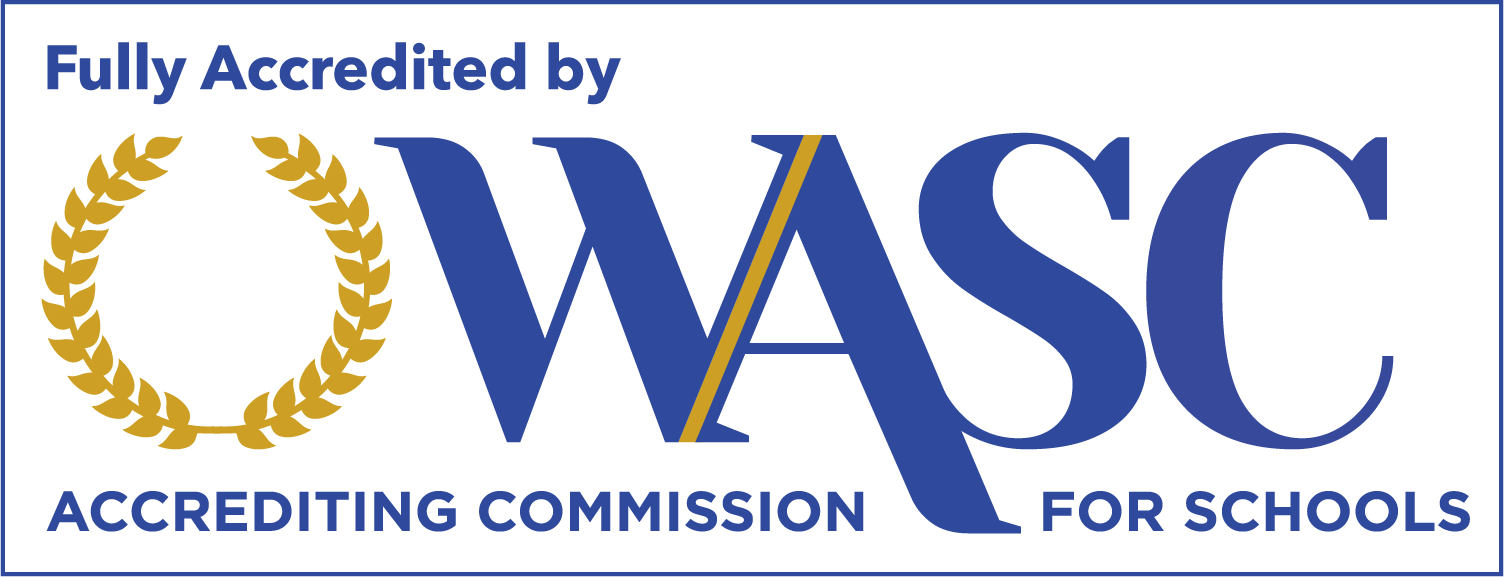Structured Literacy -Unlocking the Power of Structured Literacy: A Comprehensive Guide
Structured literacy isn’t just a method; it’s a gateway to empowerment, especially for students with reading challenges such as dyslexia.
By emphasizing the systematic teaching of language components—from the sounds that letters make (phonology) to how we form these sounds into words and sentences (syntax)—structured literacy builds a foundation that can transform struggling readers into confident communicators.
What sets this approach apart is its meticulous focus on the groundwork of reading and writing, making it a beacon of hope for those who have felt left behind in traditional educational settings.
This guide will explore how structured literacy can unlock potential and foster academic success for readers who need it most.
Keep reading to discover the intrinsic benefits of this transformative teaching strategy.
Understanding the Foundations of Structured Literacy
Enrolling in a Structured Literacy program offers students many opportunities to enhance their educational journey and improve learning outcomes.
This pedagogical approach, deeply rooted in the science of reading, is designed to break the code of written language through systematic, explicit instruction.
By laying a solid foundation in phonology, phonics, morphology, syntax, and semantics, Structured Literacy sharpens decoding and spelling skills and enhances comprehension and fluency. For more information, visit READ Academy.
It is especially transformative for students with learning differences such as dyslexia, dysgraphia, and dyscalculia by tailoring learning experiences to their unique cognitive profiles.
This method is not just about teaching reading in isolation but about integrating all elements of language, offering a bridge for diverse learners to achieve literacy success.
Defining Structured Literacy and Its Importance
Structured Literacy is an educational approach spotlighting the systematic and explicit instruction of the building blocks of the English language. It keenly focuses on phonology, phonics, morphology, syntax, and semantics, ensuring each learner comprehends the intricate structure of spoken and written language. It stresses the importance of understanding phonemes, syllables, and words and delves into how these units interconnect to form coherent sentences and meaningful texts. Contact Us
Its significance cannot be overstated, particularly for students with dyslexia, dysgraphia, and dyscalculia. Structured Literacy provides a clear, detailed map for navigating the complexities of language, urging students beyond mere memorization to a deeper understanding. This approach equips students with the tools to decode words efficiently, improving reading comprehension, fluency, and overall literacy. Consequently, it empowers learners to confidently engage with various texts, setting a solid foundation for academic success and lifelong learning.
The Core Components of Structured Literacy
Structured Literacy’s heart lies a quintet of critical components: phonology, phonics, morphology, syntax, and semantics. This comprehensive ensemble not only enriches your understanding of the alphabet and sounds but also delves into the depth of word formation, sentence structure, and the nuances of meaning, ensuring a full-circle grasp of spoken and written language.
Central to this educational approach is phonological awareness, where you’ll learn to recognize and manipulate the individual sounds within words, paving the way for effective word recognition and spelling. Morphology introduces you to studying word formation through prefixes, suffixes, and root words, enhancing vocabulary development and comprehension. This methodical exploration of language components equips you with the keys to unlock reading and writing code, offering a robust foundation for literacy achievement.
How Structured Literacy Supports Diverse Learners
Structured Literacy unfolds its transformative potential by catering to the unique learning profiles of diverse learners, particularly those with dyslexia, dysgraphia, and dyscalculia. Through its systematic and explicit instruction, this approach demystifies the complexities of the English language, enabling students to build a toolkit of strategies tailored to their individual learning needs. This customized learning path fosters a sense of achievement and ignites a passion for language and learning in students who have historically found these subjects challenging.
The power of Structured Literacy lies in its evidence-based methodology, which integrates the science of reading with practical, classroom-friendly techniques. This fusion creates an inclusive educational environment where all students have equitable access to literacy regardless of their learning differences. Structured Literacy equips diverse learners with the confidence and skills necessary for academic success and lifelong literacy by emphasizing the mastery of phonemic awareness, phonics, vocabulary development, and reading comprehension.
The Benefits of Structured Literacy for Struggling Readers
For many struggling readers, the intricate literacy journey feels like a maze with no apparent exit.
Yet, the program of Structured Literacy offers a beacon of hope, illuminating a path to success through its scientifically backed and meticulously designed framework.
This educational strategy, profoundly impactful for students struggling with challenges due to dyslexia, dysgraphia, and dyscalculia, meticulously bridges the gaps in reading proficiency.
By adopting a holistic approach that integrates phonemic awareness, phonics, fluency, vocabulary, reading comprehension, and writing into a coherent system, Structured Literacy systematically closes the reading gap.
It transforms students from hesitant readers into confident, skilled learners eager to explore the vast horizons of knowledge and language.
How Structured Literacy Closes the Reading Gap
The transformative power of Structured Literacy lies in its robust, systematic approach that meticulously addresses the literacy gap for students struggling with reading. It operates on the principle that understanding the foundational aspects of language, phonics, phonology, morphology, syntax, and semantics is critical to cultivating proficient readers.
| Structured Literacy Component | Impact on the Reading Gap |
|---|---|
| Phonological Awareness | Boosts the ability to recognize and manipulate sounds in words, aiding in word recognition and spelling. |
| Phonics and Decoding | Empowers students to decode words accurately, increasing reading fluency. |
| Morphology | Enhances understanding of word structure, supporting vocabulary development and comprehension. |
| Syntax and Grammar | Improves sentence structure understanding, helping formulate coherent sentences and texts. |
| Semantics | Deepens comprehension by enriching vocabulary and understanding word meaning in context. |
By centering its curriculum on these critical elements of literacy, Structured Literacy systematically bridges the gap for readers who find navigating the complexities of language challenging. This evidence-based approach ensures that learners develop a comprehensive skill set that transforms their reading journey from one of struggle to one marked by confidence and success.
Conclusion
Structured Literacy stands out as a crucial educational approach, offering a systematic and explicit pathway to literacy that profoundly benefits learners, especially those facing challenges like dyslexia, dysgraphia, and dyscalculia.
By meticulously covering the fundamental aspects of language—phonology, phonics, morphology, syntax, and semantics—this method enhances decoding and spelling abilities and significantly boosts comprehension, fluency, and overall literacy.
Structured Literacy’s evidence-based, inclusive framework ensures that all learners can access the tools needed for academic success and lifelong learning regardless of their unique learning profiles.
Through its comprehensive, integrated approach to teaching language, Structured Literacy successfully closes the reading gap, transforming struggling readers into confident, proficient learners ready to explore the breadth of knowledge and language.



